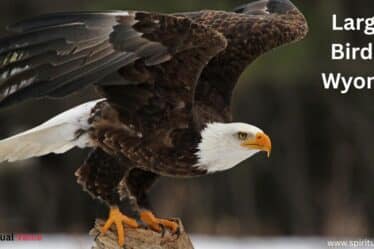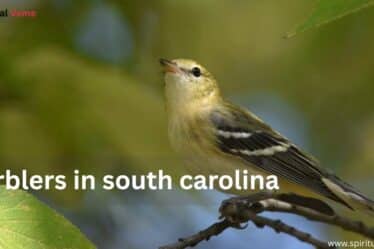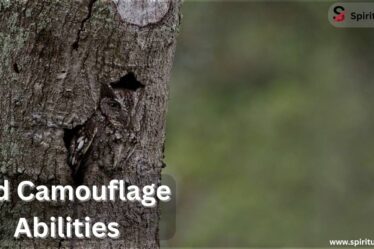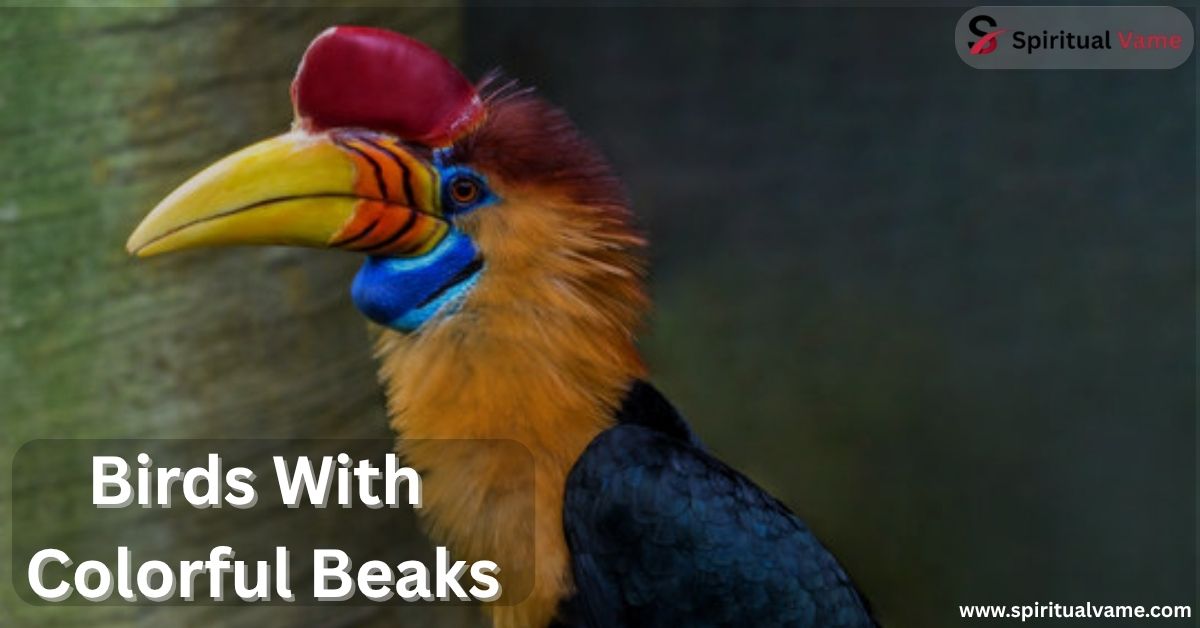
Birds with colorful beaks are some of the most eye-catching creatures in nature. Their bright, bold beaks come in red, orange, yellow, green, and even blue. These colors aren’t just for looks—they help birds eat, stay cool, and find mates. From tropical rainforests to backyard ponds, these birds stand out wherever they go.
This article explores birds with colorful beaks from all around the world. You’ll learn how their beaks help them survive and why they are so bright. Whether you’re a bird lover or just curious, these amazing birds will capture your attention. Let’s meet some of the most stunning birds with colorful beaks in nature.
Birds With Beautiful Beaks
Let’s begin with an exploration of 17 unique bird species whose beaks are not only colorful but integral to their identity and survival.
1. Bateleur (Terathopius ecaudatus)
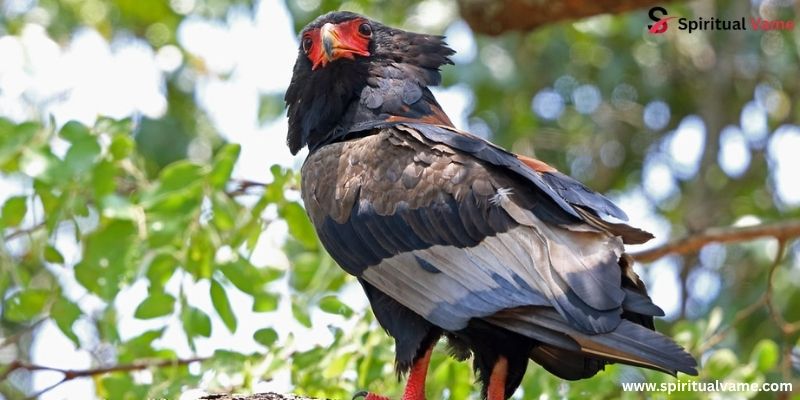
Native to Africa, the Bateleur eagle is one of the most colorful birds of prey. Its beak features a striking gradient of red, orange, and yellow tones, blending perfectly with its bold black and chestnut plumage. The vivid coloration of its bill and facial skin plays an important role in species identification and possibly even territorial displays.
2. Black-and-Red Broadbill (Cymbirhynchus macrorhynchos)
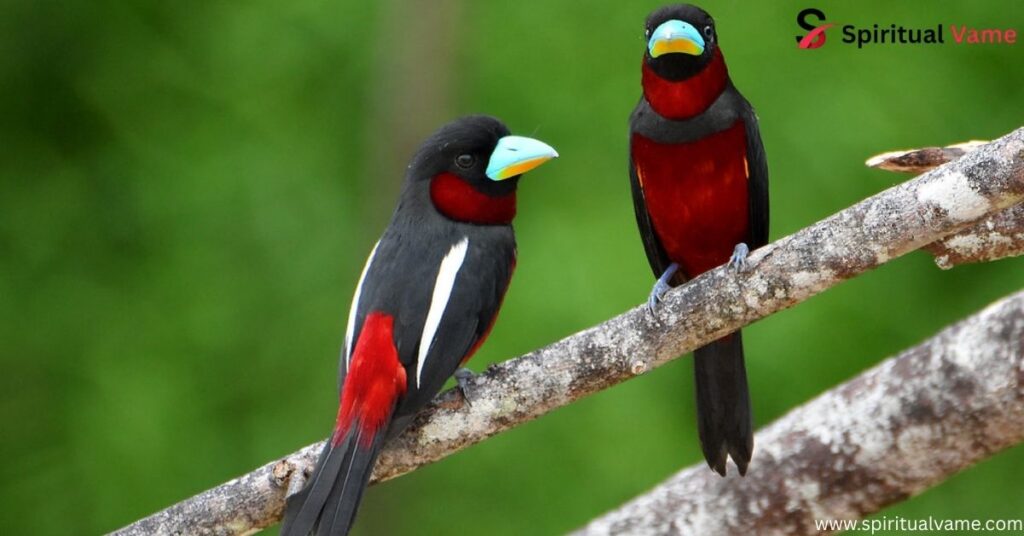
With a turquoise and orange beak, the Black-and-Red Broadbill contrasts its vivid bill against a deep crimson body and black wings. This Asian woodland species uses its bold beak and plumage for mating displays in dense canopy habitats.
3. Capped Heron (Pilherodius pileatus)
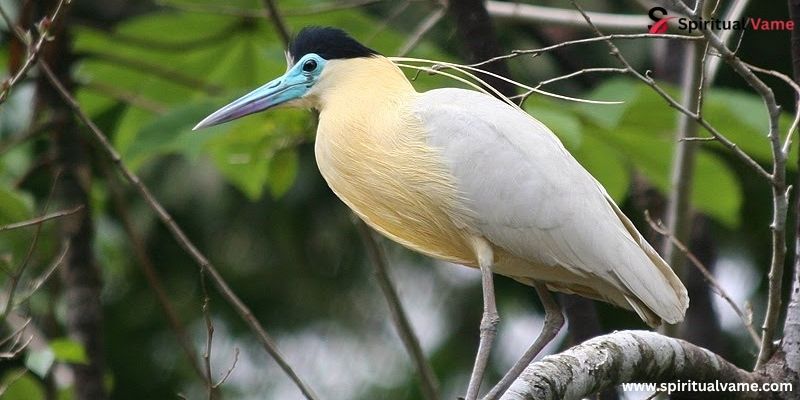
Found in the Amazon and other tropical regions of South America, the Capped Heron displays a blue and lavender bill. These pastel tones match the soft blue facial skin and white plumage, making it one of the most elegant herons in the world.
4. Eurasian Spoonbill (Platalea leucorodia)
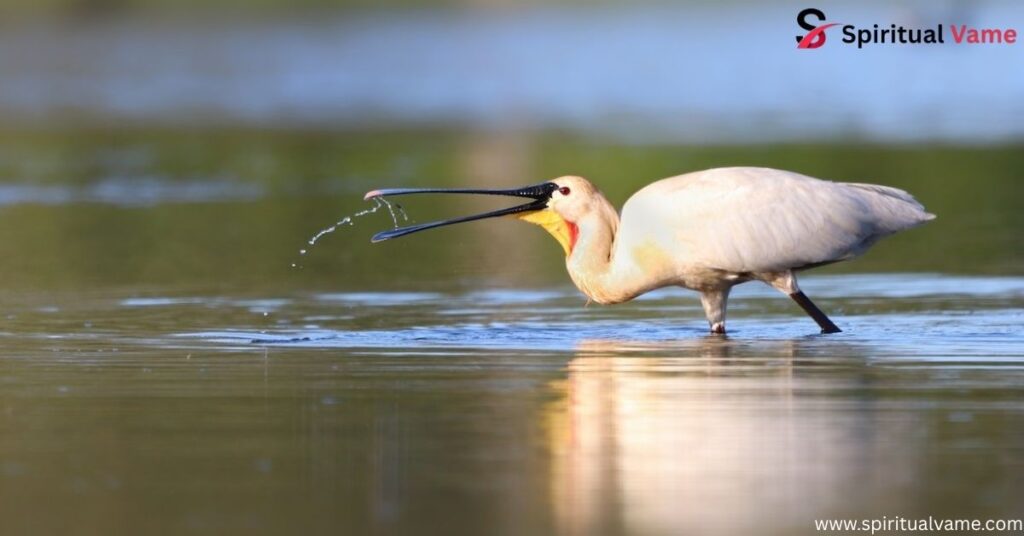
The Eurasian Spoonbill has a long, flat, spatula-shaped beak. It’s generally black with yellow tips, and is vital in their foraging behavior, sweeping side to side in shallow water to catch prey.
5. Flamingos (Phoenicopteridae)
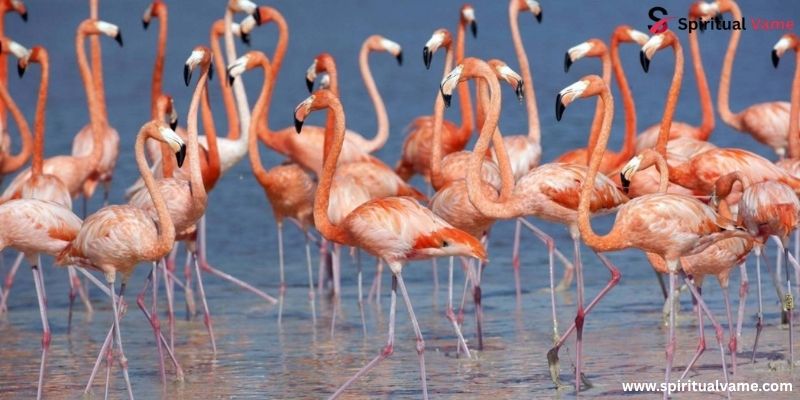
Flamingos are iconic for both their pink feathers and beaks. Their specialized, downward-curved beaks range from light pink to dark black and are engineered for filter-feeding on algae, plankton, and crustaceans.
6. Hornbills (Bucerotidae)
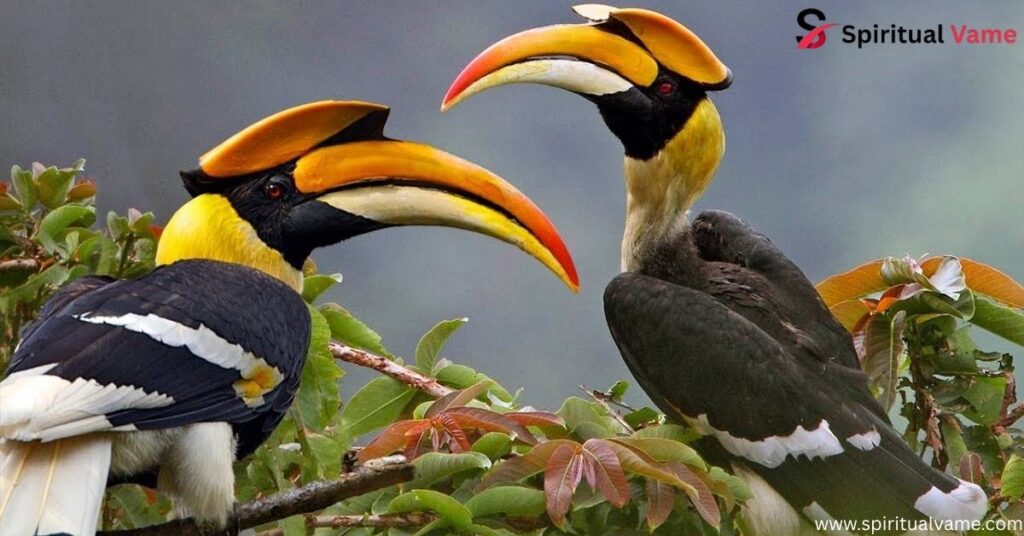
Hornbills, such as the Rhinoceros Hornbill, feature huge, curved beaks often topped with a hollow structure called a casque. These birds use their beaks to signal dominance and mating fitness, often displaying high contrast colors like yellow, red, and orange.
7. King Eider (Somateria spectabilis)
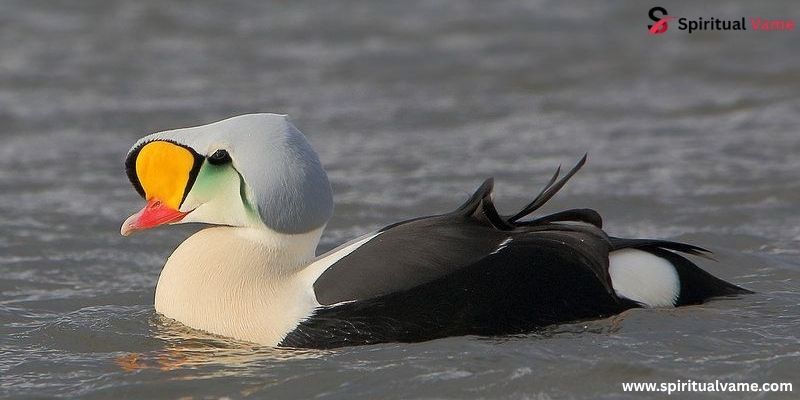
A sea duck of the Arctic tundra, the male King Eider’s beak is adorned with orange, green, and blue patterns, especially during the breeding season. These bright hues are used to attract females in courtship rituals.
8. Mute Swan (Cygnus olor)
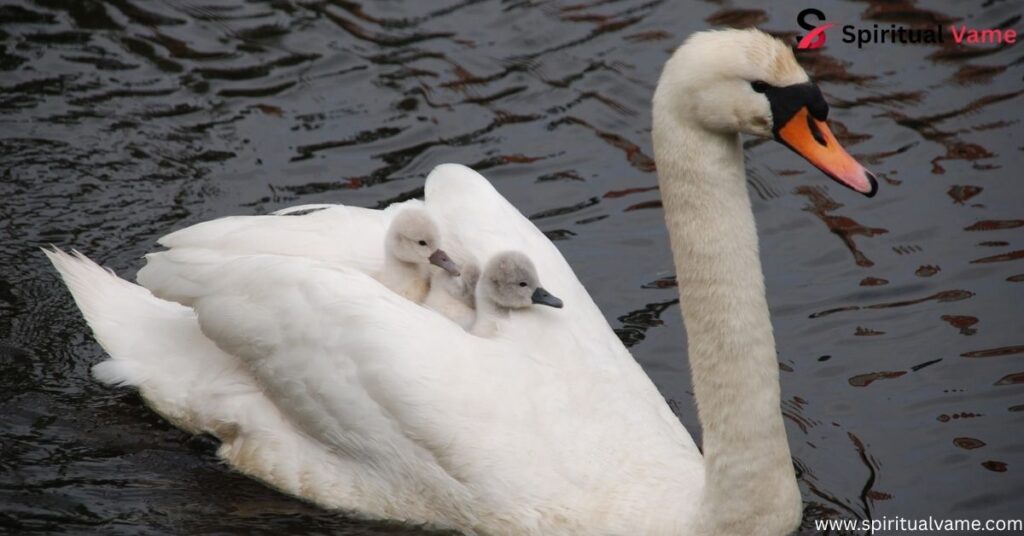
The Mute Swan’s elegant profile is accented by a bright orange beak with a black knob at the base. The contrast enhances its recognition signals, especially in social interactions within flocks.
9. Pallas’s Gull (Ichthyaetus ichthyaetus)
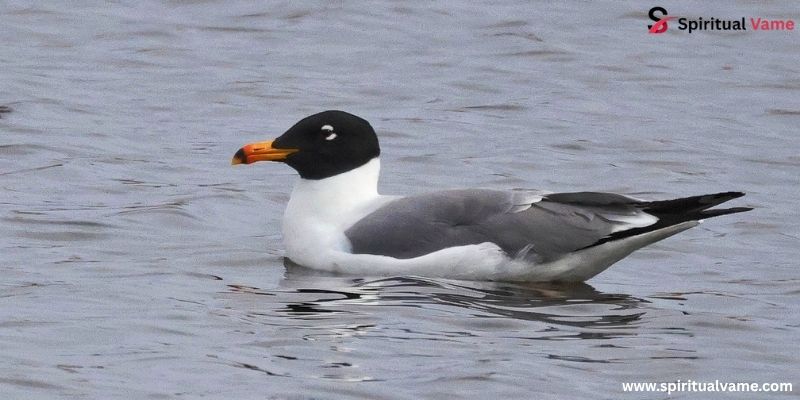
Also known as the Great Black-headed Gull, this species has a red beak with a black tip, which becomes more vibrant during breeding. Its bold beak assists in feeding and territorial defense.
10. Puffins (Fratercula spp.)
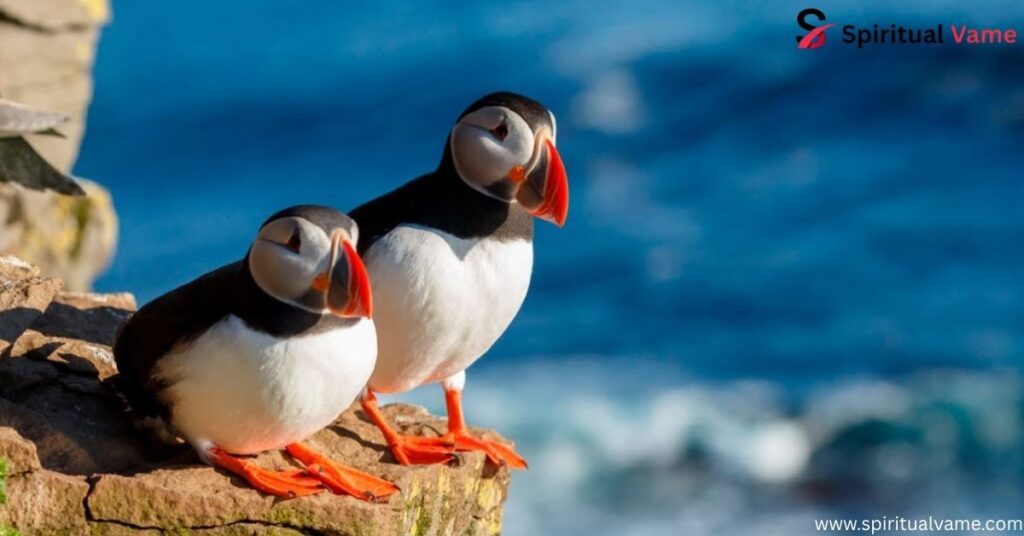
Puffins are famous for their triangular, multicolored beaks. During mating season, these seabirds develop brighter hues of orange, yellow, and blue, making them look like “clowns of the sea.” The beak fades after the season ends.
11. Purple Gallinule (Porphyrio martinicus)
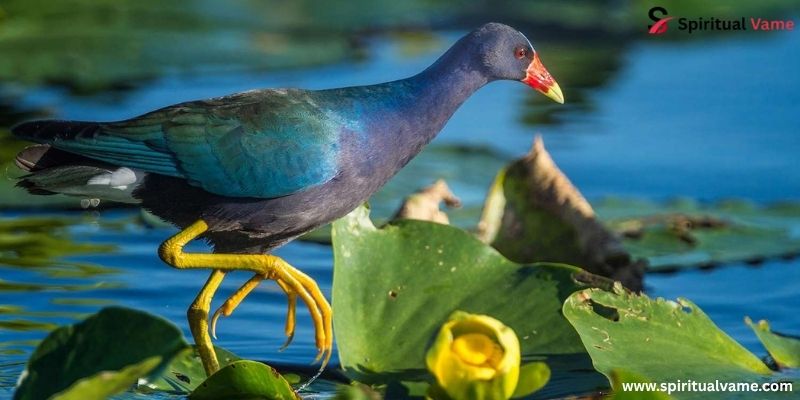
With a red bill and yellow tip, this swamp-dwelling bird from the southeastern U.S. matches its bill with vibrant iridescent feathers of green, blue, and purple. The coloration serves in mate selection and territorial cues.
12. Red-Footed Booby (Sula sula)

A pelagic seabird, the Red-Footed Booby features a pale blue beak that complements its red feet, both used during complex mating dances and colony nesting displays.
13. Rosy-Billed Pochard (Netta peposaca)

The male Rosy-Billed Pochard has a glossy red bill, which stands out against its dark body. This striking contrast is an effective visual signal during the breeding season.
14. Saddle-Billed Stork (Ephippiorhynchus senegalensis)
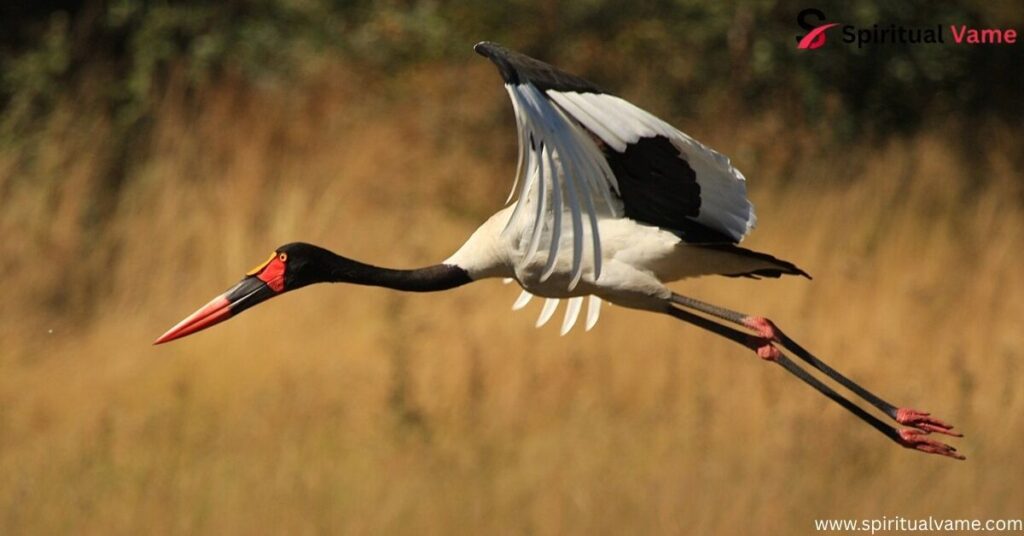
With its black, red, and yellow beak, this stork resembles a work of art. Its “saddle” appearance is due to a yellow frontal shield that sits atop the bill, which it uses to intimidate rivals and court mates.
15. Silver Teal (Spatula versicolor)
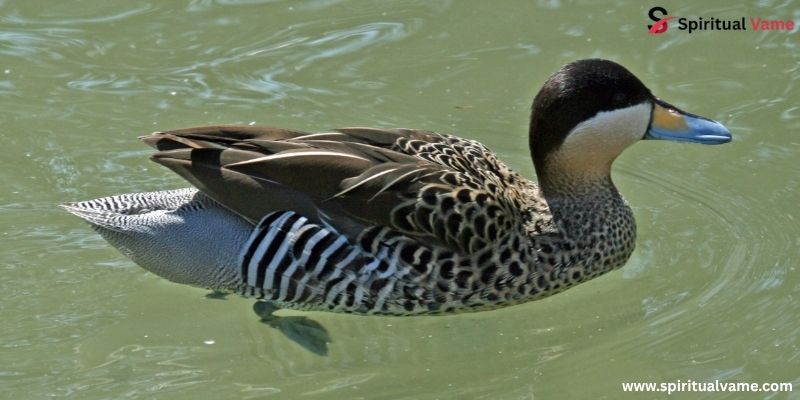
This South American duck’s pale blue bill contrasts with its dark feathering and is used for filtering aquatic plants and invertebrates. It prefers wetland habitats.
16. Toucans (Ramphastidae)
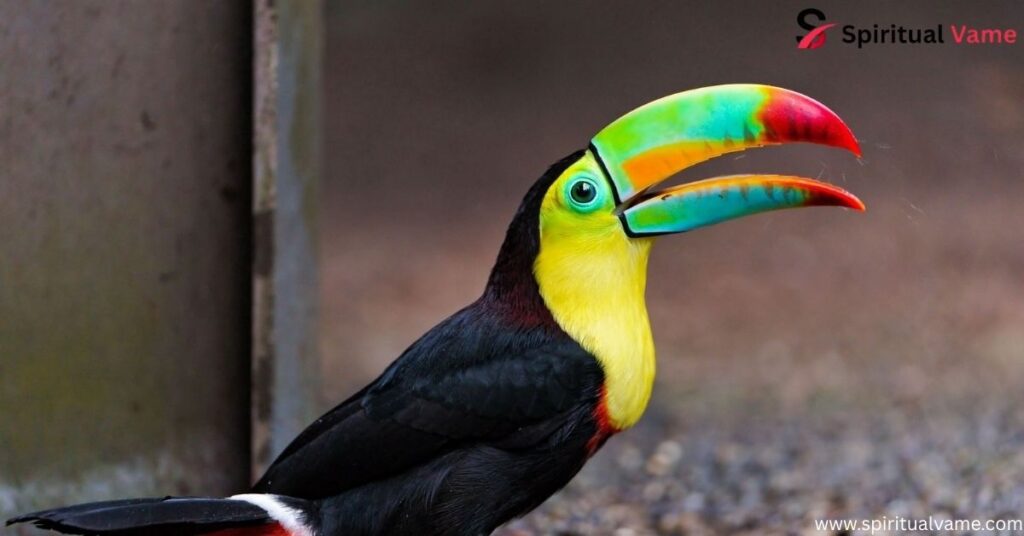
Toucans are legendary for their giant, often rainbow-colored beaks. Species like the Keel-billed Toucan show off hues of green, orange, red, and blue. Despite their size, the beak is lightweight and aids in both feeding and heat dissipation.
17. Wood Duck (Aix sponsa)
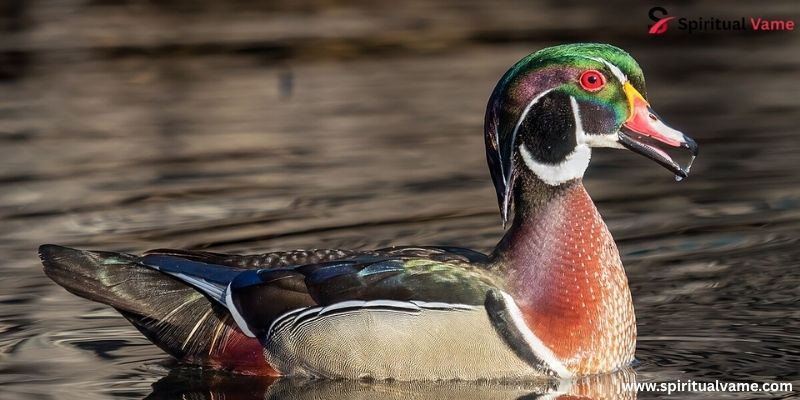
This North American beauty has a red and black bill in males, along with multicolored feathers. Their vivid coloration plays a role in courtship rituals and species recognition.
Conclusion
Birds with colorful beaks are more than just a feast for the eyes—they are vital examples of how form meets function in nature. These vibrant bills are often multifunctional, serving as tools for feeding, instruments of communication, and symbols of sexual fitness. Whether it’s the thermal regulation function in a Toco Toucan, the filter-feeding adaptation in a Flamingo, or the intricate courtship display of a Mandarin Duck, the beak plays a central role in the bird’s survival and reproductive success.
So the next time you see a Wood Duck gliding on a pond or a Puffin diving into the sea, take a moment to appreciate the artistry of nature. These birds with colorful beaks are truly living rainbows—dynamic, beautiful, and deeply woven into the fabric of our natural world.

